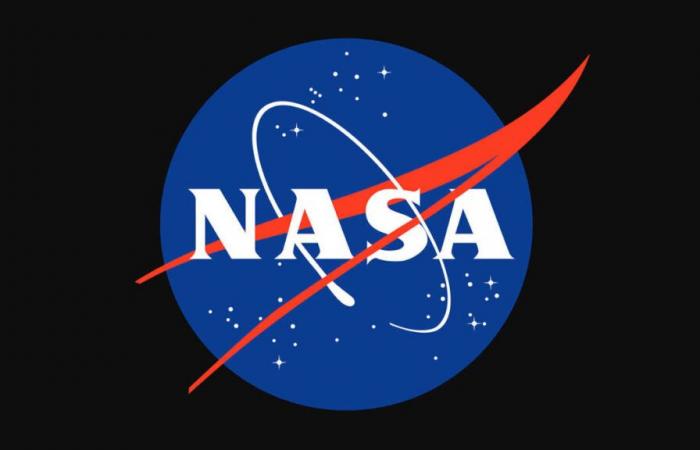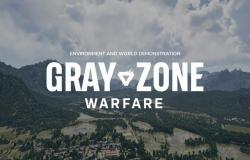A pioneer in space exploration since its creation in 1958, the NASA has marked history with its legendary missions such as the Apollo moon landings, the sending of rovers to Mars or the deployment of the telescope Hubble. However, it was during a terrestrial mission that the American space agency has just made an astonishing discovery. While testing a new experimental radar in Greenland, NASA teams detected the remains of Camp Centurya secret Cold War military base hidden under 30 meters of ice. This installation, which was initially intended to serve as a launch platform for nuclear missiles targeting the USSRtoday bears witness to the geopolitical tensions which marked the 20th century.
From icy depths to unexpected discoveries
The overview of Greenland by a Gulfstream III of the NASA was simply to test a new radar system intended for Antarctic studies. This routine mission turned into a major discovery when signals revealed an anomaly beneath the ice floe. State-of-the-art sensors capable of creating three-dimensional images of glacial layers, have revealed the contours of a buried structure that no one was looking for. This innovative technology, designed to assess the impact of climate change on the poles, thus proves its unexpected usefulness in the field of military archaeology.
Cold War military secrets revealed
The 1950s saw the birth of the most daring military projects. Among them, Camp Century represented the perfect alliance between military ingenuity and adaptation to extreme conditions. Under the cover of scientific studies, the American army had designed an autonomous underground complex, powered by nuclear energy. This labyrinthine network of galleries was to allow the strategic deployment of the American nuclear arsenal at the gates of Soviet territory. Nature got the better of this ambition: the deformation of the tunnels by the movement of the ice forced the abandonment of the site even before its military activation.
The environmental challenge of a frozen legacy
The detailed mapping carried out by the radar of the NASA now raises crucial questions. The waste left behind during the evacuation – a mixture of nuclear, chemical and biological residues – risks resurfacing with the accelerated melting of the ice. This invisible threat transforms the scientific mission into an environmental prevention tool. The data collected allows experts to establish predictive models on the possible emergence of these toxic remnants, paving the way for containment strategies before nature releases this poisonous legacy of the Cold War.
Canada






